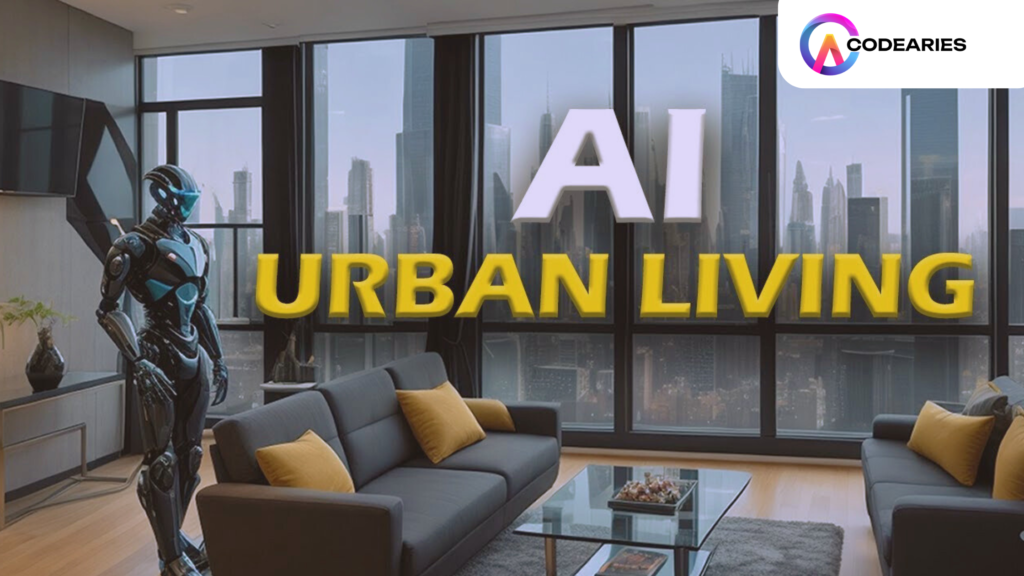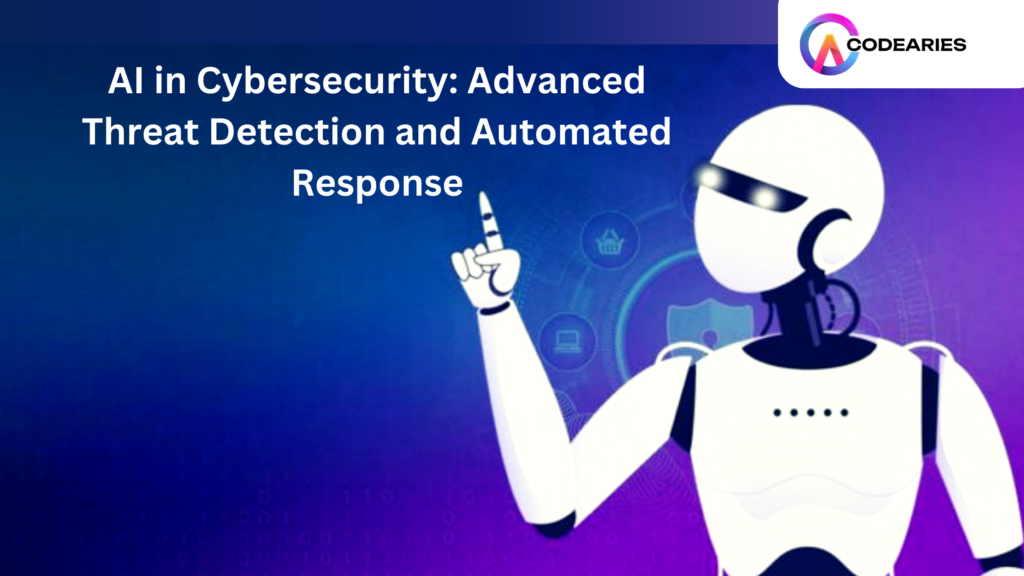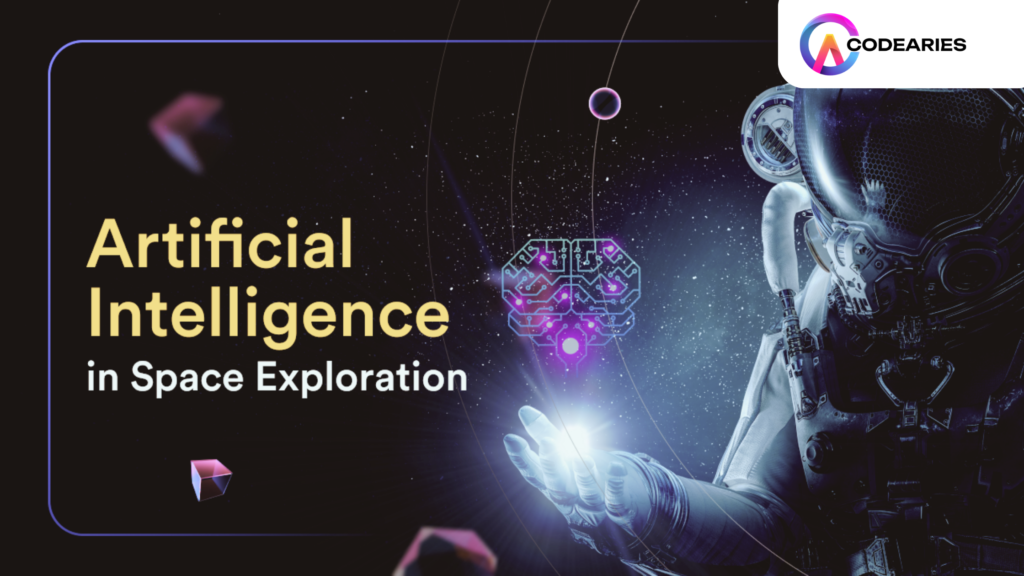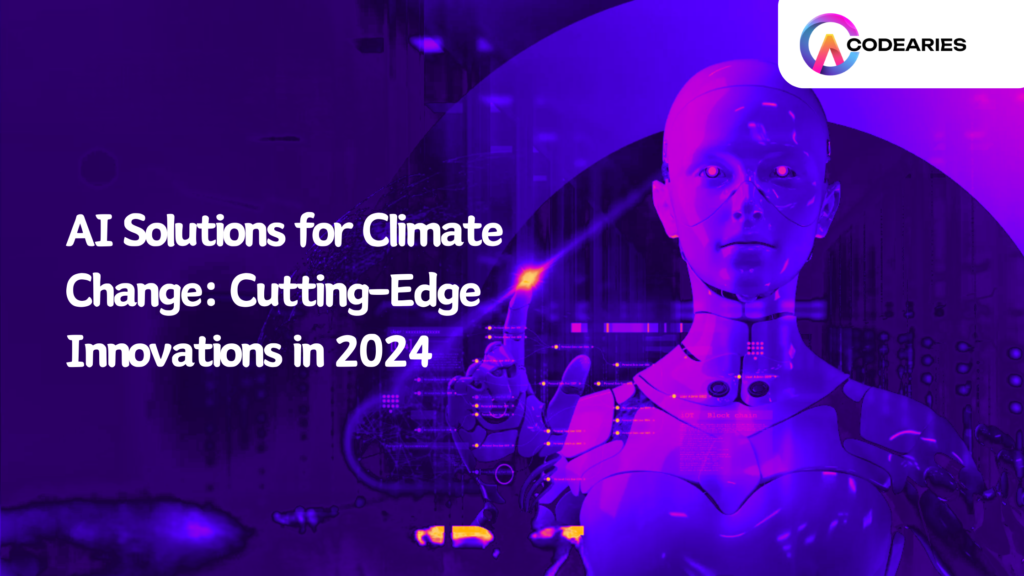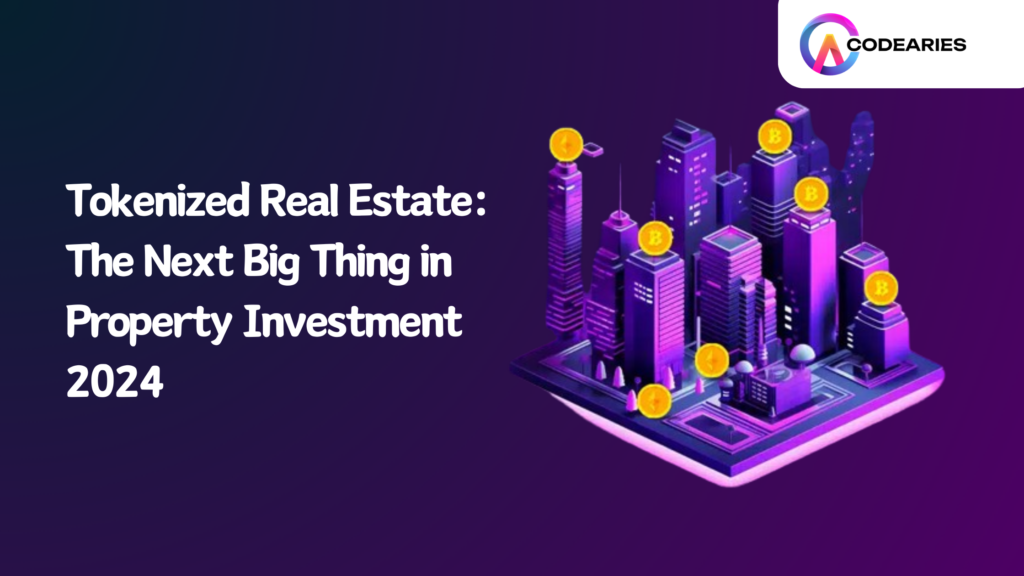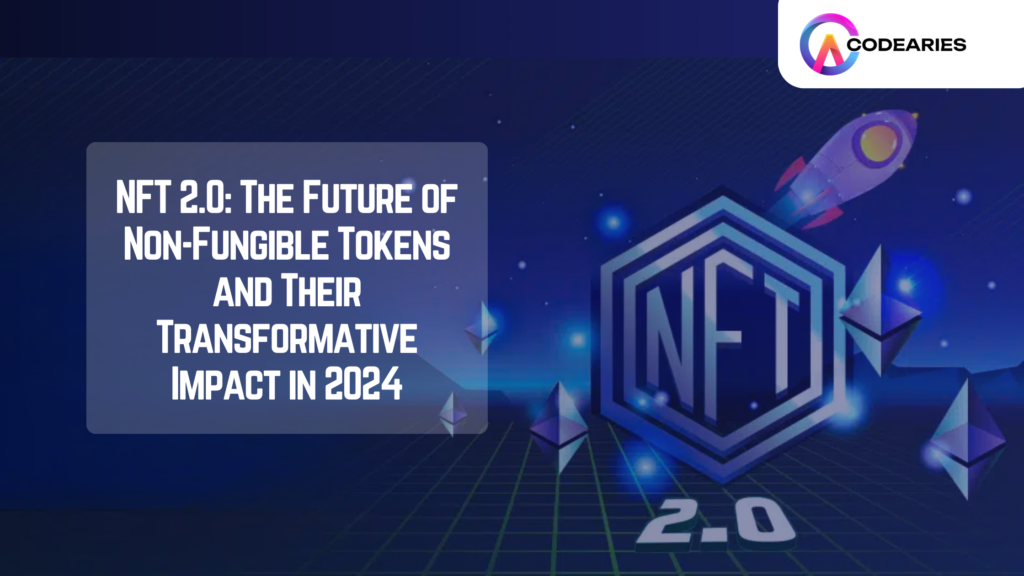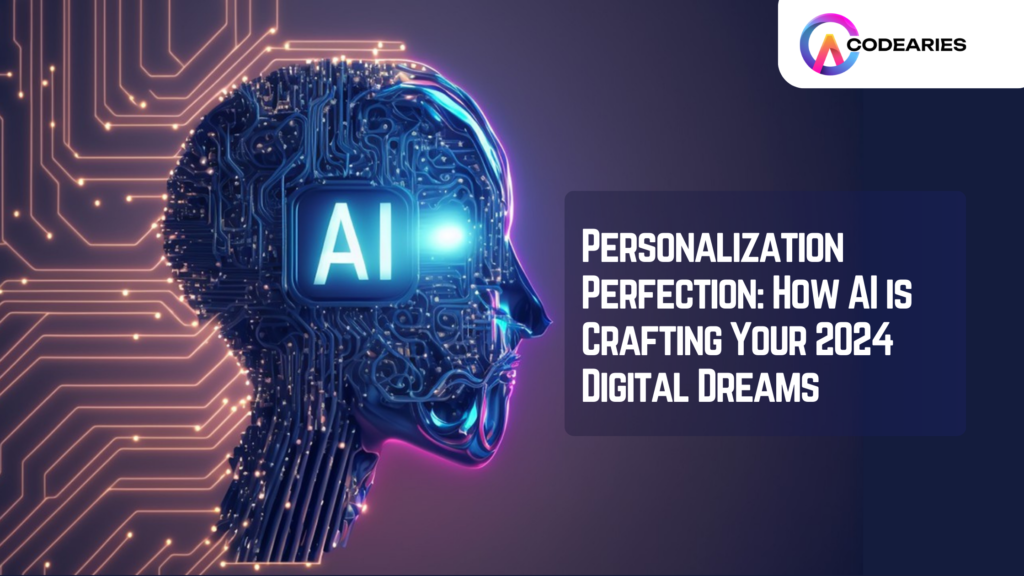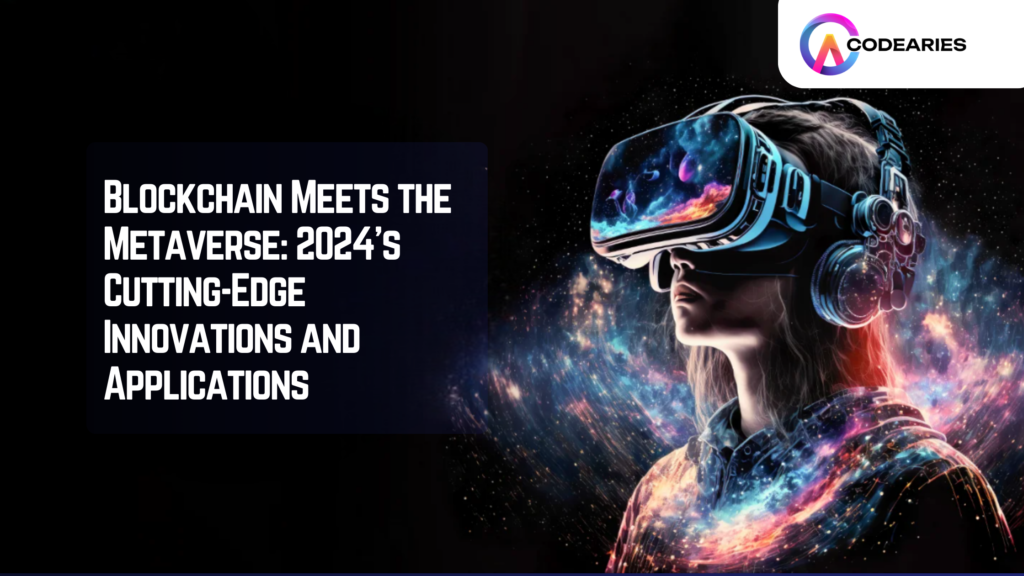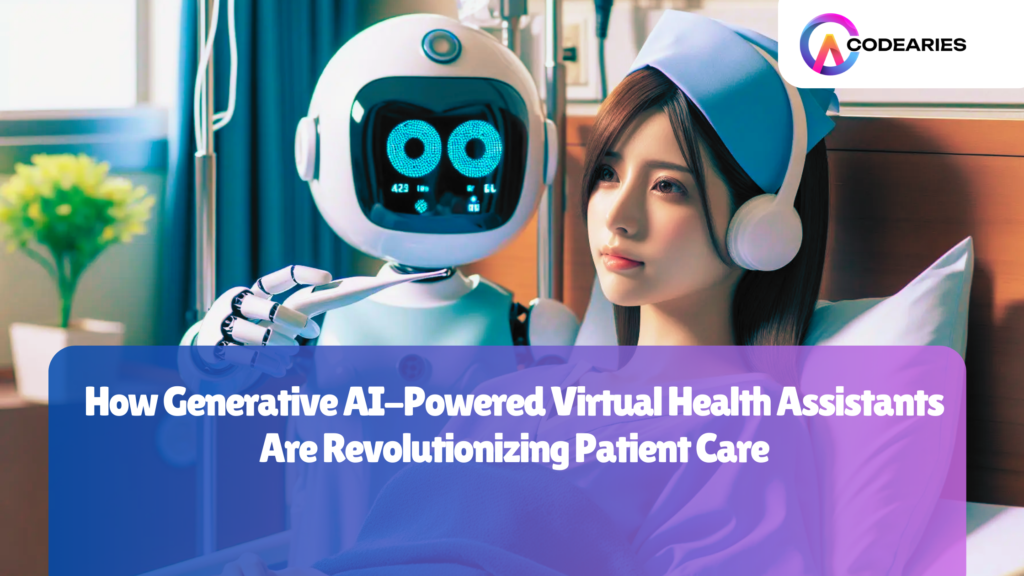Transforming Urban Living: AI-Powered Innovations in Smart Cities
Transforming Urban Living AI-Powered Innovations in Smart Cities Introduction Imagine living in a city where traffic jams are a thing of the past, public safety is enhanced by predictive analytics, and urban planning is continuously optimized for efficiency and sustainability. Welcome to the era of AI-powered smart cities. Artificial Intelligence (AI) is transforming urban living by integrating advanced technologies into city infrastructures. This blog explores how AI is enhancing urban environments, providing real-world examples, and discussing the benefits and future trends of AI in smart cities. Introduction to AI in Smart Cities What is a Smart City? A smart city utilizes digital technology to improve the quality of life for its residents. It integrates information and communication technology (ICT) and Internet of Things (IoT) devices to manage the city’s assets and resources efficiently. AI plays a crucial role in these initiatives, driving innovations that make cities more livable, sustainable, and resilient. The Role of AI in Smart Cities AI technologies such as machine learning, computer vision, and natural language processing are being deployed to analyze data from various sources, optimize city operations, and provide actionable insights. These technologies enable real-time decision-making, predictive analytics, and automation, enhancing urban living in multiple dimensions. Examples of AI Applications in Urban Environments 1. Urban Planning AI is revolutionizing urban planning by providing data-driven insights and simulations. City planners can use AI to predict the impact of new developments, optimize land use, and plan infrastructure projects more effectively. Example: In Singapore, the Urban Redevelopment Authority (URA) uses AI to simulate urban scenarios, helping planners visualize the impact of new buildings on traffic flow, sunlight distribution, and wind patterns. 2. Traffic Management AI-powered traffic management systems analyze real-time traffic data to optimize signal timings, predict congestion, and suggest alternative routes. These systems help reduce traffic jams, improve road safety, and lower emissions. Example: In Barcelona, the city uses AI algorithms to manage traffic lights dynamically, reducing congestion and improving traffic flow. The system analyzes data from cameras, sensors, and GPS devices to make real-time adjustments. 3. Public Safety AI enhances public safety by enabling predictive policing, surveillance, and emergency response systems. These technologies help law enforcement agencies prevent crimes, respond to incidents faster, and ensure the safety of residents. Example: The city of Chicago uses an AI-driven predictive analytics tool called the Strategic Decision Support Center (SDSC) to forecast crime hotspots and allocate police resources more effectively. 4. Waste Management AI optimizes waste collection routes, predicts waste generation patterns, and improves recycling processes. These applications make waste management more efficient and environmentally friendly. Example: The city of Songdo in South Korea uses AI-powered waste collection systems that automatically route garbage trucks based on real-time data, reducing fuel consumption and operational costs. 5. Energy Management AI helps cities manage energy consumption by optimizing the distribution of electricity, integrating renewable energy sources, and reducing energy waste. Smart grids and AI-driven energy management systems ensure a stable and sustainable energy supply. Example: Copenhagen, Denmark, uses AI to manage its district heating system, optimizing the distribution of heat and reducing energy consumption in buildings. Benefits for City Management and Residents 1. Improved Quality of Life AI-driven smart city solutions enhance the quality of life for residents by providing better services, reducing pollution, and improving public safety. Residents enjoy more efficient transportation, cleaner environments, and safer communities. Statistic: According to McKinsey, smart city technologies could improve the quality of life by 10-30%, depending on the level of technology adoption and integration. 2. Enhanced Efficiency and Sustainability AI optimizes city operations, making them more efficient and sustainable. By reducing energy consumption, optimizing waste management, and improving traffic flow, AI helps cities minimize their environmental footprint. Statistic: A report by PwC estimates that AI could reduce global greenhouse gas emissions by up to 4% by 2030 through applications in energy, transportation, and industry. 3. Economic Growth AI-driven smart city initiatives create new business opportunities, attract investments, and generate jobs. These initiatives contribute to economic growth and increase the city’s competitiveness on a global scale. Example: The smart city initiatives in Amsterdam have attracted numerous tech startups and international companies, boosting the city’s economy and innovation ecosystem. 4. Better Governance AI enables data-driven decision-making, improving governance and transparency. City officials can use AI insights to make informed policy decisions, allocate resources efficiently, and engage with residents more effectively. Example: New York City uses an AI-based platform called MODA (Mayor’s Office of Data Analytics) to analyze data from various departments, improving service delivery and policy-making. Future Trends and Potential Challenges 1. Integration of Emerging Technologies The future of smart cities will see the integration of AI with other emerging technologies such as 5G, IoT, and blockchain. These technologies will enhance connectivity, data security, and interoperability, driving further innovations in urban living. Trend: The combination of AI and 5G will enable ultra-fast, reliable communication networks, supporting real-time applications like autonomous vehicles and remote healthcare. 2. Personalization of Services AI will enable the personalization of city services, tailoring them to the needs and preferences of individual residents. Personalized services will enhance the user experience and ensure that resources are used more effectively. Trend: AI-driven chatbots and virtual assistants will provide personalized information and assistance to residents, improving access to city services. 3. Ethical and Privacy Concerns The deployment of AI in smart cities raises ethical and privacy concerns. Ensuring data privacy, preventing algorithmic bias, and maintaining transparency will be critical challenges for city officials and technology providers. Challenge: Implementing robust data protection measures and ethical guidelines to ensure that AI applications respect residents’ privacy and rights. 4. Digital Divide The digital divide remains a significant challenge in the implementation of smart city initiatives. Ensuring that all residents have access to digital infrastructure and services is crucial for the success of smart cities. Challenge: Bridging the digital divide by investing in digital literacy programs and affordable access to technology for underserved communities. Conclusion AI is revolutionizing urban living by enhancing city management, improving public safety, and optimizing

